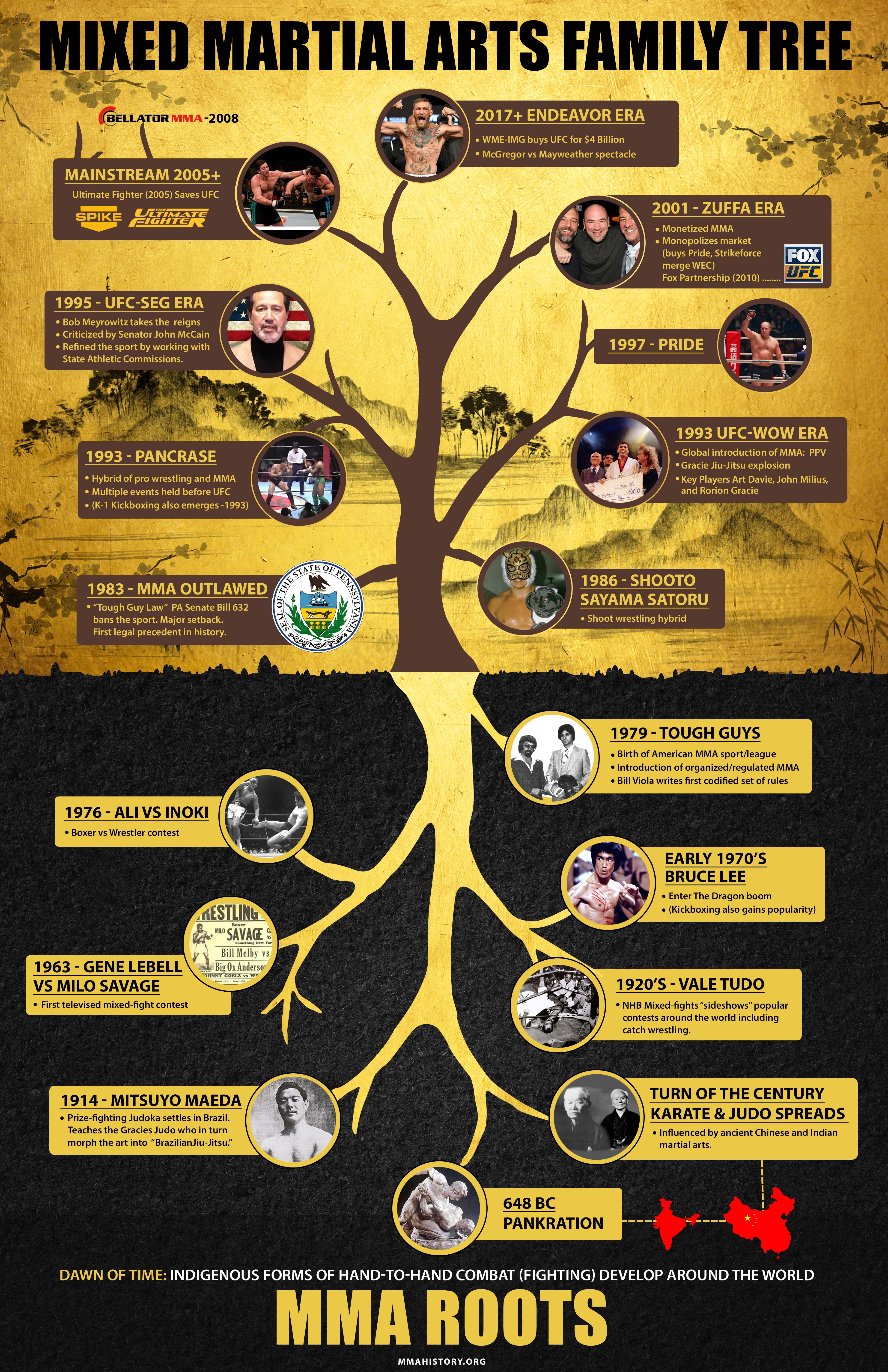Recognizing The Fundamental Distinctions In Between Traditional Martial Arts And Modern Fight Sports
Recognizing The Fundamental Distinctions In Between Traditional Martial Arts And Modern Fight Sports
Blog Article
Authored By-Valentine Johnson
When you think about martial arts, do you lean much more towards the conventional practices or the contemporary combat sports? Each path uses distinct benefits and experiences, shaped by their ideologies and training methods. Standard martial arts emphasize personal growth and technique, while modern-day fight sporting activities concentrate on competitors and performance. Comprehending these differences can lead you in selecting the best technique for your trip. However how do these differences show up in training and ideology?
The Approach and History Behind Traditional Martial arts
While lots of people associate martial arts with physical fight, the approach and background behind standard martial arts run much deeper. You'll discover that these techniques highlight individual growth, self-control, and respect.
Stemming from ancient methods, standard martial arts were commonly developed for Self-Defense and spiritual development. They personify principles such as balance, consistency, and self-constraint, leading practitioners past simple battling abilities.
As you educate, you'll not only learn techniques yet likewise acquire understandings into the culture and worths that formed these arts. The routines and practices, commonly given via generations, cultivate a feeling of area and belonging.
The Competitive Nature of Modern Combat Sports
Modern fight sporting activities have actually transformed the landscape of martial arts into a very affordable field, where athletes face off in an examination of ability, strategy, and endurance.
You'll notice that competitions are often organized with stringent rules and regulations, ensuring fair play and security. These events attract huge target markets, sustaining the exhilaration and intensity of matches.
Athletes educate carefully, not just for physical prowess however additionally for psychological strength, recognizing that every information counts in the ring. The adrenaline rush throughout competitions is apparent, as boxers press their limits to claim success.
Followers value the athleticism and virtuosity entailed, making modern-day battle sporting activities a thrilling phenomenon that continues to progress and captivate enthusiasts worldwide.
Training Methods and Methods: A Comparative Analysis
The affordable atmosphere of contemporary battle sports demands cutting-edge training techniques that vary dramatically from standard martial arts.
In modern-day training, you'll concentrate on certain strategies, competing, and conditioning, typically utilizing drills that simulate actual battle scenarios. You'll see a focus on measurable efficiency and frequent competition to analyze your abilities.
On the other hand, standard martial arts prioritize forms, katas, and thoughtful teachings, commonly emphasizing discipline and regard over competitors.
Training is usually much less intense and may involve repetitive method rather than real-time sparring.
While both techniques build ability and fitness, contemporary battle sports supply an extra vibrant and adaptable training atmosphere, preparing you for immediate difficulties in the ring or cage.
Select the path that aligns with your goals and passions.
Conclusion
In selecting between standard martial arts and modern-day battle sports, it truly comes down to what you value most. If https://www.dvidshub.net/news/447982/reserve-recruiting-packs-punch-mixed-martial-arts-event looking for individual growth, self-control, and a feeling of neighborhood, conventional arts might be your finest fit. But if martial arts with sticks near me grow on competitors and real-time difficulties, contemporary combat sporting activities could be the method to go. Inevitably, both paths provide one-of-a-kind benefits, so it's all about straightening your training with your individual objectives and rate of interests.
